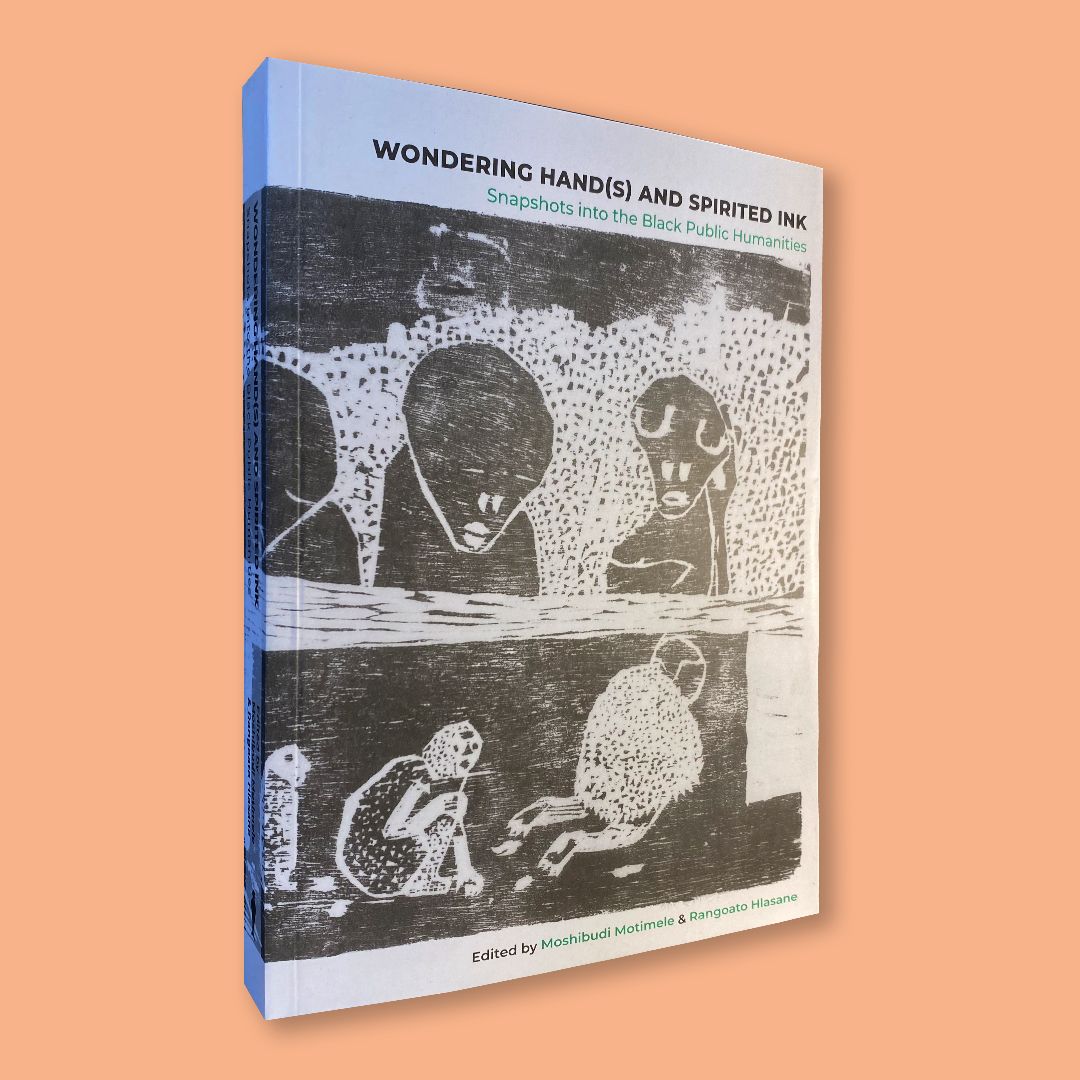
The Chronic is a one-time only edition of Chimurenga which takes the form of a speculative newspaper. Back-dated to the 18-24 May 2008 – the first week of the xenophobic violence across South Africa three years ago, the Chimurenga Chronicle is an opportunity to provide the depth of reporting and analysis that should have appeared during this period. The newspaper also looks outward – covering events, scenes and situations from around the world during this period. And it launched today!
It was Sun Ra who said it a long time ago: “Equation wise, the first thing to do is consider internal linktime as officially ended… we’ll work on the other side of time… we’ll bring them here through either isotope, internal linkteleportation, transmolecularzation… ” . The time was 1974 and Space was The Place. A prolific jazz composer, bandleader, philosopher, afronaut and historian, Ra was ahead of his time.
Almost four decades later, it is increasing clear that time, once thought continuous, is actually marked by radical disjunctions and overlapping time-spaces. What’s more, the tools we have at our disposal, particularly in the area of knowledge production, do not help us much to grasp that which is emerging.
What we need now is a Time Machine! A device that will allow us to work “on the other side of time”, to discover possibilities for new ways thinking through the “having been and yet to come.”





The Chimurenga Chronicle such a machine, a once-off edition of a speculative, future-forward newspaper that travels back in time to re-imagine the present. Both a bold art project and a hugely ambitious publishing venture, the Chimurenga Chronicle comprises of a 96-page multi-section broadsheet, the stand-alone 56 page Chronic Life Magazine and a self-contained 96 page Chronic Book Review Magazine.
By imagining the newspaper as a low-tech time travel machine, our aim is not only to reanimate history, to ask what could have been done – but also to provide a space from which to re-engage the present and re-dream the future.
The print edition includes a 128-page multi-section broadsheet, packaged with 40 page Chronic Life Magazine and the 96 page Chronic Book Review Magazine.
An intervention into the newspaper as a vehicle of knowledge production and dissemination, it seeks to provide an alternative to mainstream representations of history, on the one hand filling the gap in the historical coverage of this event, whilst at the same time reopening it. The objective is not to revisit the past to bring about closure, but rather to provoke and challenge our perception
Featuring contributions from Mike Abrahams, Olumide Abimbola, Toyin Akinosho, Paula Akugizibwe, Sello Alcock, Max Annas, Gabriela Carrilho Aragao, Ayi Kwei Armah, Sophia Azeb, Robert Berold, Marlon Bishop, Louis Chude-Sokei, Jean Comaroff, John L. Comaroff, Imraan Coovadia, Goran Dahlberg, Kwame Dawes, Jacob Dlamini, Manu Herbstein, Sean Jacobs, Neelika Jayawardene, Billy Kahora, Parsalelo Kantai, Bill Kouèlany, Jackie Lebo, Miles Marshall Lewis, Percy Mabandu, Munyaradzi Makoni, Dominique Malaquais, Lionel Manga and many more
Wondering Hand(s) and Spirited Ink: Snapshots into the Black Public Humanities (Keleketla! Library, 2024)
Wondering Hand(s) and Spirited Ink: Snapshots into the Black Public Humanities (Keleketla! Library, 2024)
Keleketla! Library, in partnership with the Narrative Enquiry for Social Transformation (NEST) presents Wondering Hand(s) and Spirited Ink: Snapshots into the Black Public Humanities.
Inspired by the provocations of the 2019 Narrative Enquiry for Social Transformation (NEST) colloquium Call for Proposals, the papers that form part of this collection directly confront questions of black memory, thought, imagination, and praxis under conditions of extreme racialised and gendered violence.
Each of the essays thinks deeply and seriously about the historical and epistemological foundations of our inherited conceptual frames and the subsequent impact for the ways we invoke these frames in narratives of resistance, hope and freedom. From their different disciplinary and sociopolitical locations, the authors in this collection take seriously sites beyond the academy – the art gallery, stage, music video, the bedroom, the township, and the dance floor, to name a few – as key sites of knowledge production that have and continue to inform emerging narratives around black futures.
The collection traverses thematic spaces such as desire and consent, consumption and freedom, black performative possibility, post-apartheid black subjectivity and black memory. The aim of the collection is to create a pedagogical device that foregrounds the sonic, aesthetic, epistemic and performative strategies of creating emancipatory thinking, feeling, imagining and being, that will contribute to critically expanding the decolonial black archive.
Edited by: Moshibudi Motimele and Rangoato Hlasane with contributions by: Mawethu Nkosana; Moshibudi Motimele; Ayabulela Mhlahlo; Nomancotsho Pakade; Gorata Chengeta; Tumi Mogorosi; Same Mdluli; Rangoato Hlasane and Zukolwenkosi Zikalala.

